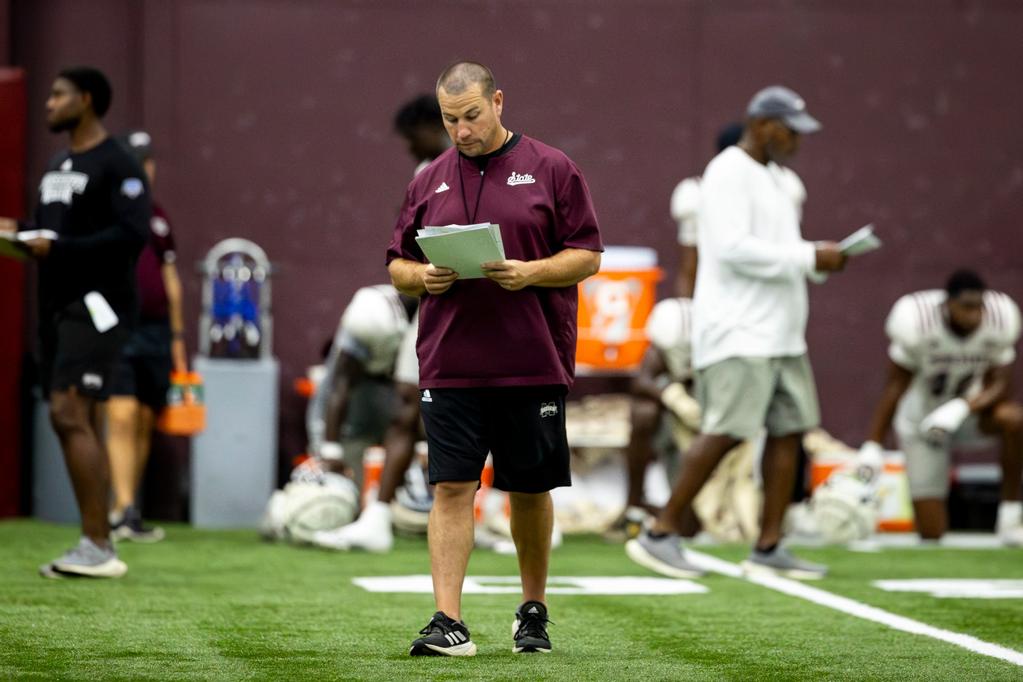WASHINGTON — Congress is moving to quash the threat of a government shutdown, but the prospect of a one-two punch of tax increases and slashing, automatic spending cuts will still confront lawmakers when they return to Washington after Election Day.
The House on Thursday passed a six-month stopgap spending bill to keep federal agencies running past the end of the budget year, the elections and into the spring. It effectively scratched a major item off of Congress’ to-do list heading into a potentially brutal postelection, lame duck session.
The bipartisan 329-91 House vote for the measure sent it to the Senate, which is expected to clear it next week for President Barack Obama’s signature, capping a year of futility and gridlock on the budget despite a hard-fought spending and deficit-reduction deal last summer.
The short-term spending measure funds the day-to-day operating budgets of Cabinet agencies that are financed annually by Congress through 12 appropriations bills. It would fund the government through March 27 and relieve lawmakers of the burden of trying to pass a catchall omnibus spending measure in November after the election.
While taking the possibility of a government shutdown out of the equation, the so-called fiscal cliff — a combination of automatic spending cuts and tax hikes set to slam the economy in January — still hangs over Congress and President Barack Obama.
More than $100 billion in cuts to defense and domestic programs alike loom as punishment for the failure of last year’s deficit-reduction supercommittee to strike a follow-up bargain to last summer’s debt and budget pact between the lawmakers and the president. The automatic cuts are set to hit at the same time that the Bush-era tax cuts, which were extended two years ago, are set to expire again.
Passage of the stopgap spending measure is likely to be Congress’ last major act before lawmakers go home to campaign for re-election. Wrestling with how to avert the fiscal cliff is sure to dominate the lame duck session in November.
The temporary spending bill is needed to avert a government shutdown when the current budget year expires Sept. 30.
Thursday’s vote represented a retreat by tea party Republicans since the stopgap measure permits spending at a pace that’s $19 billion above the stringent budget plan authored by Rep. Paul Ryan, R-Wis., his party’s vice presidential nominee.
Instead, the measure permits spending at the higher budget “caps” permitted under last summer’s deal. Typically, short-term spending bills freeze agency budgets at existing levels, but Thursday’s measure actually would permit an across-the-board 0.6 percent increase, in keeping with the budget accord. It also maintains spending on domestic programs rather than shifting $8 billion from domestic programs to the Pentagon.
Ryan, who is chairman of the House Budget Committee, returned to the Capitol from the campaign trail to vote for the half-year measure, even though it spends billions of dollars more than his budget plan, which has helped define the tight race for the White House.
You can help your community
Quality, in-depth journalism is essential to a healthy community. The Dispatch brings you the most complete reporting and insightful commentary in the Golden Triangle, but we need your help to continue our efforts. In the past week, our reporters have posted 41 articles to cdispatch.com. Please consider subscribing to our website for only $2.30 per week to help support local journalism and our community.






